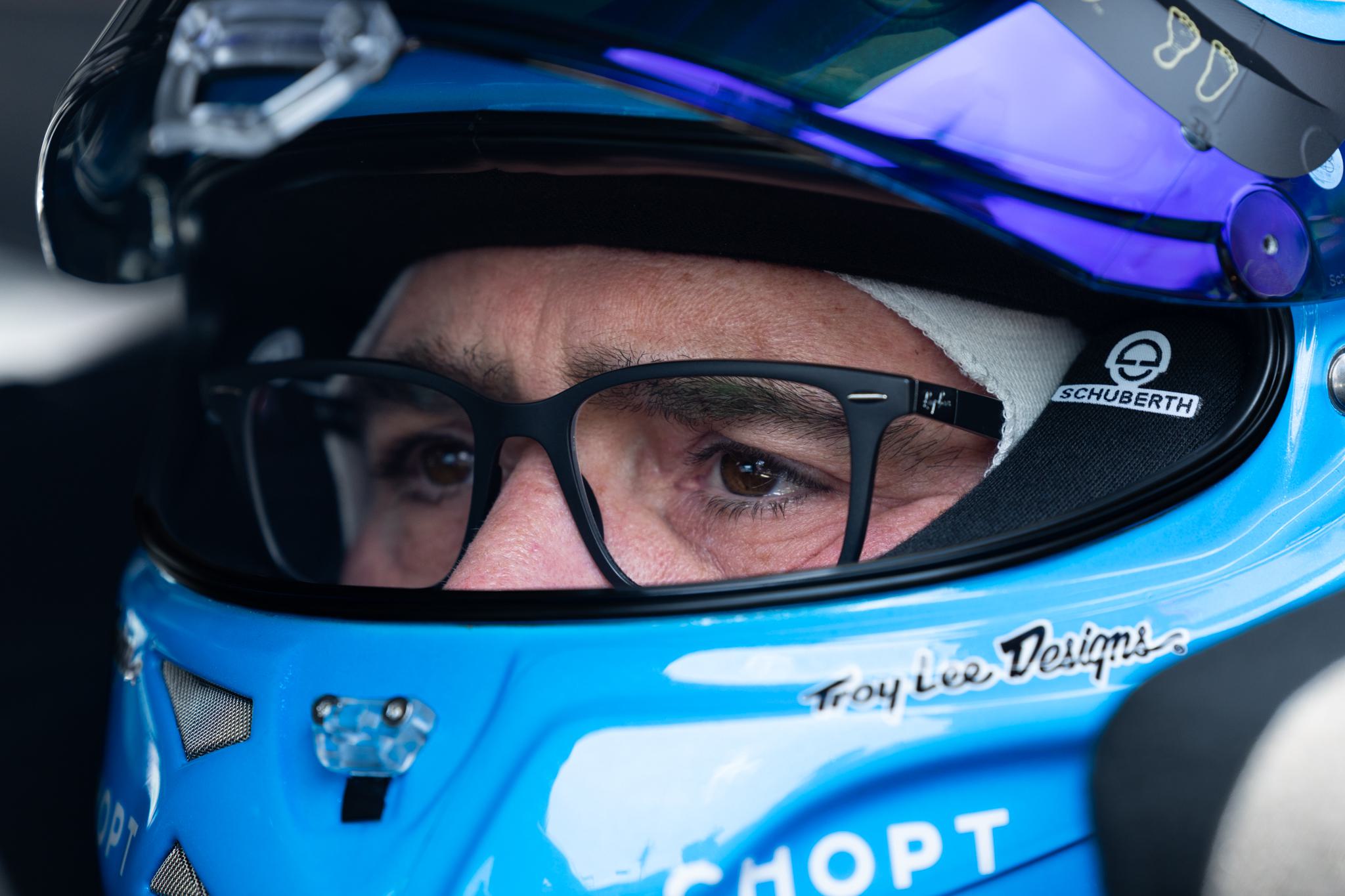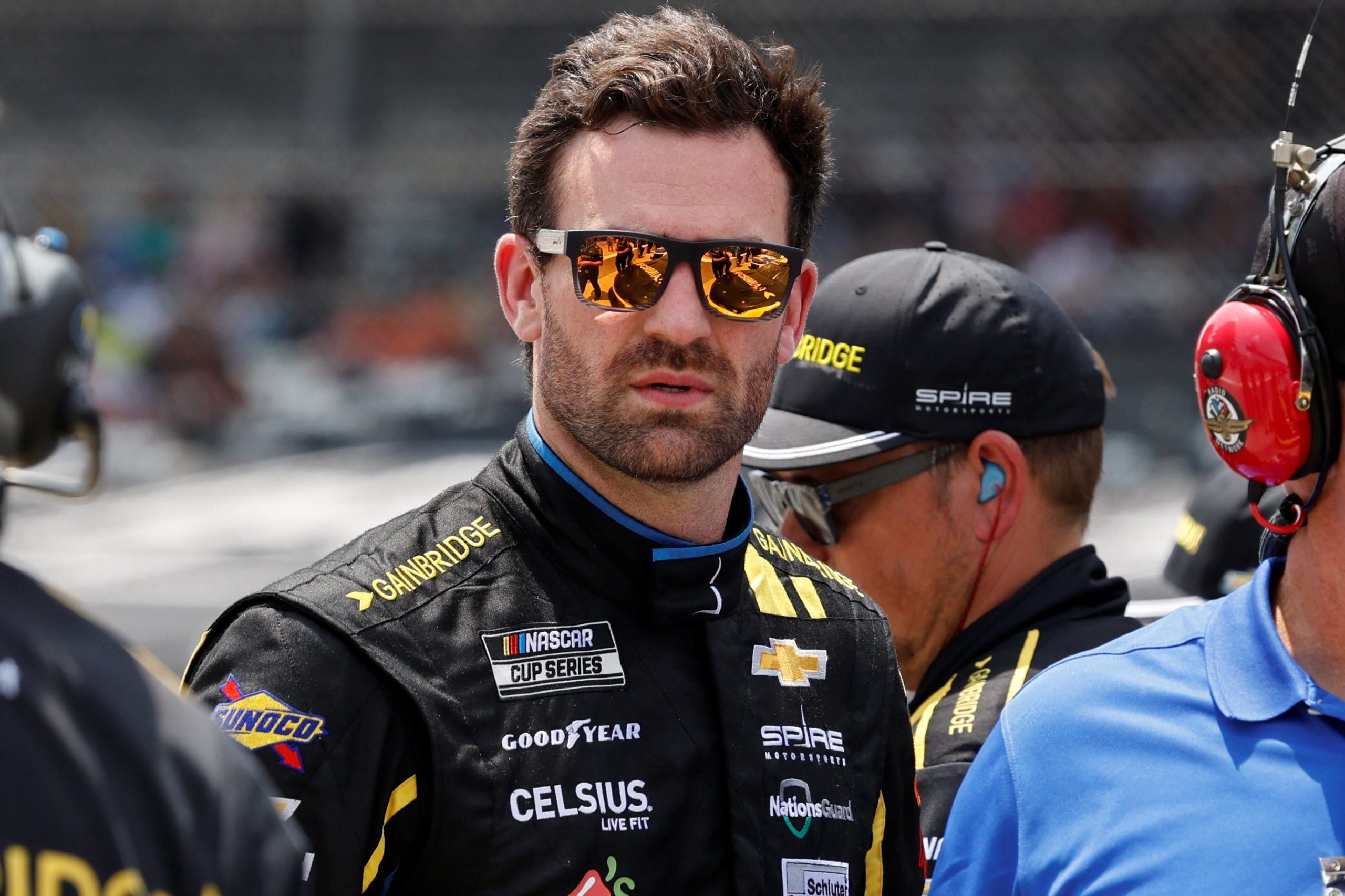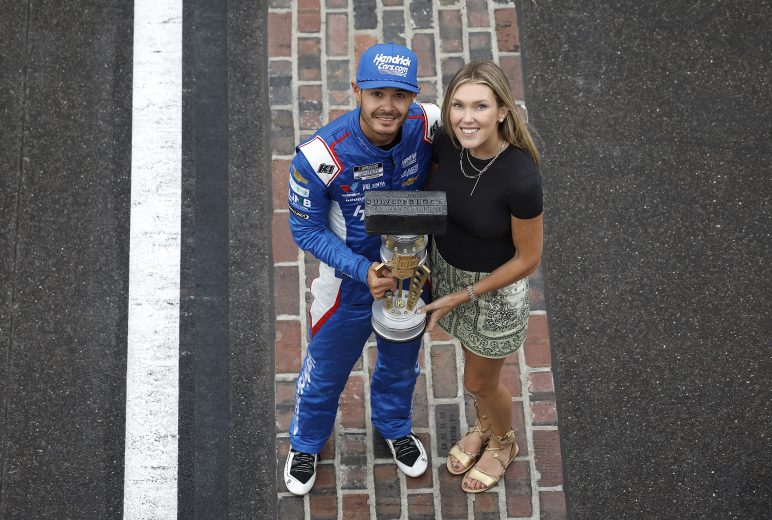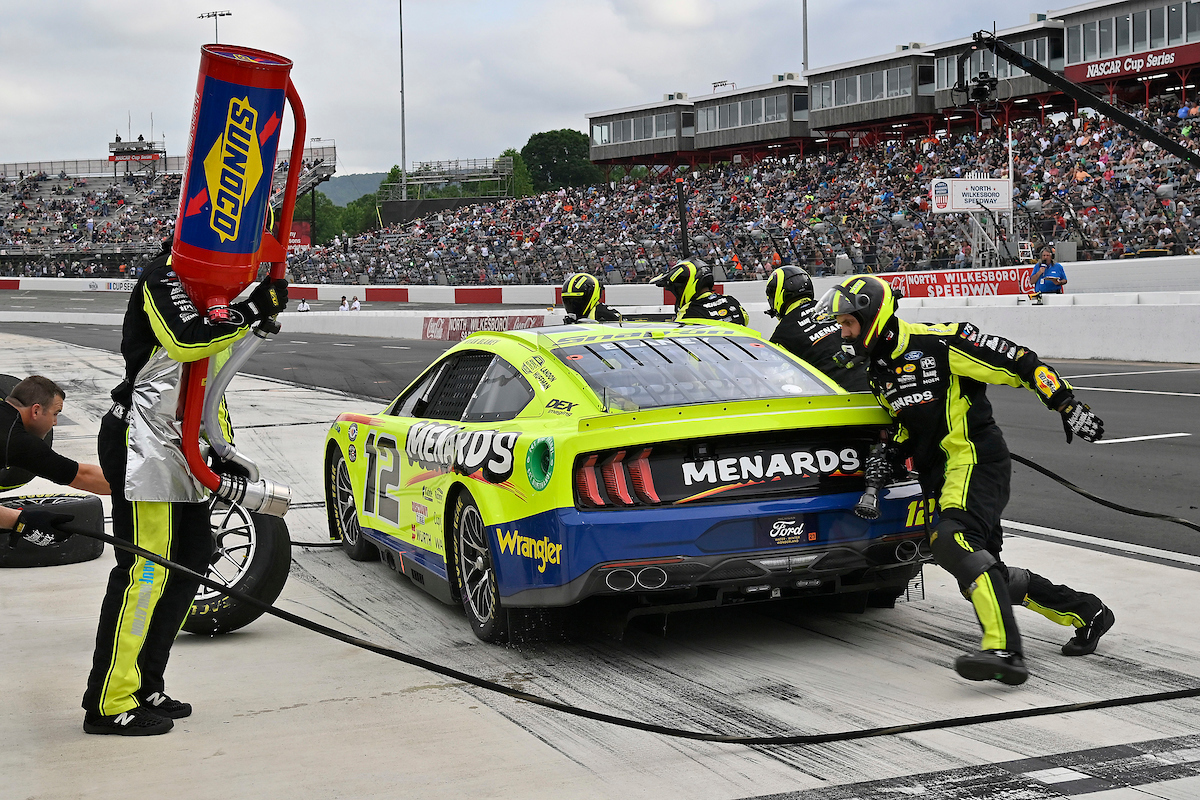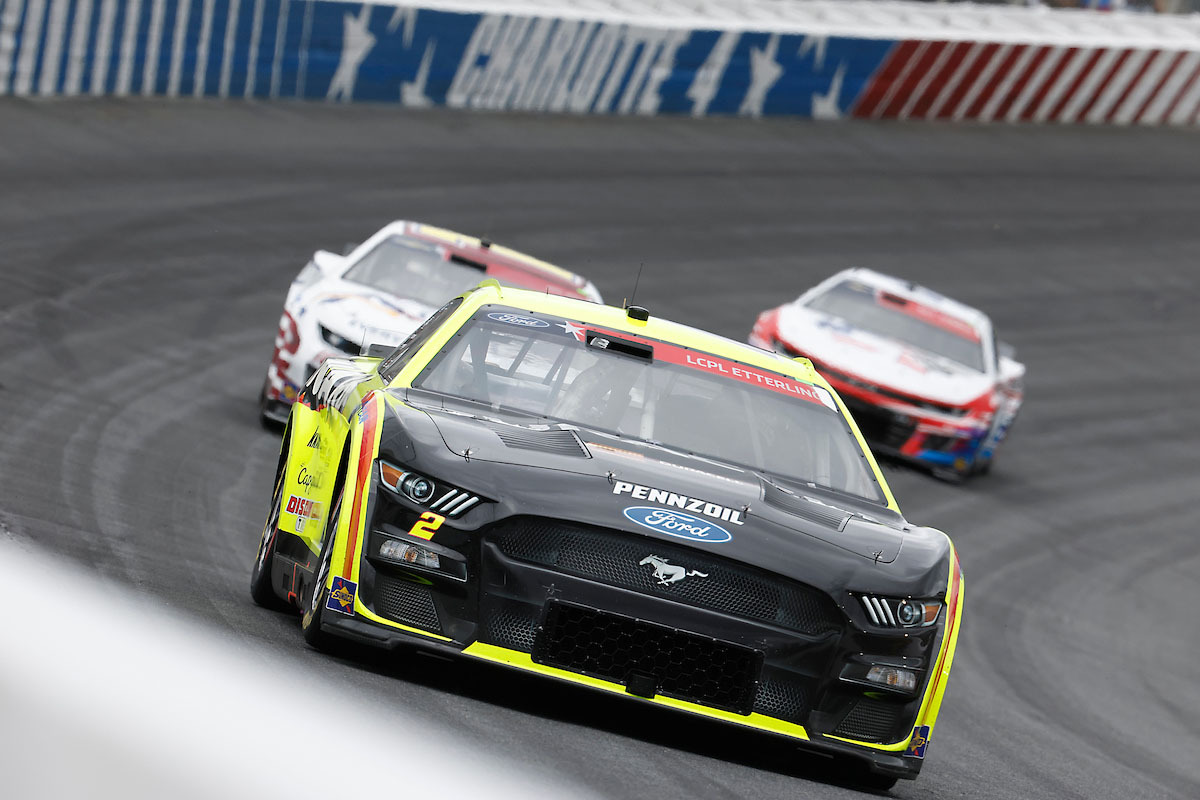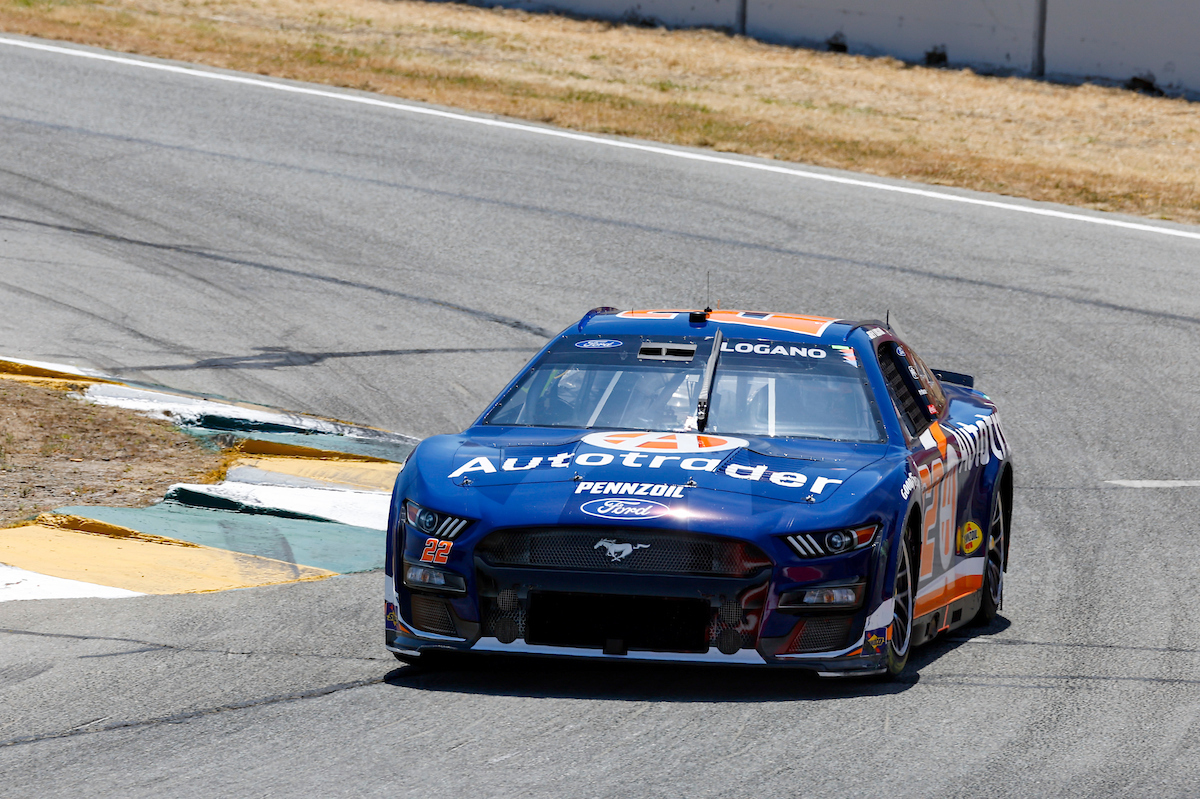Where Is NASCAR Most Popular?
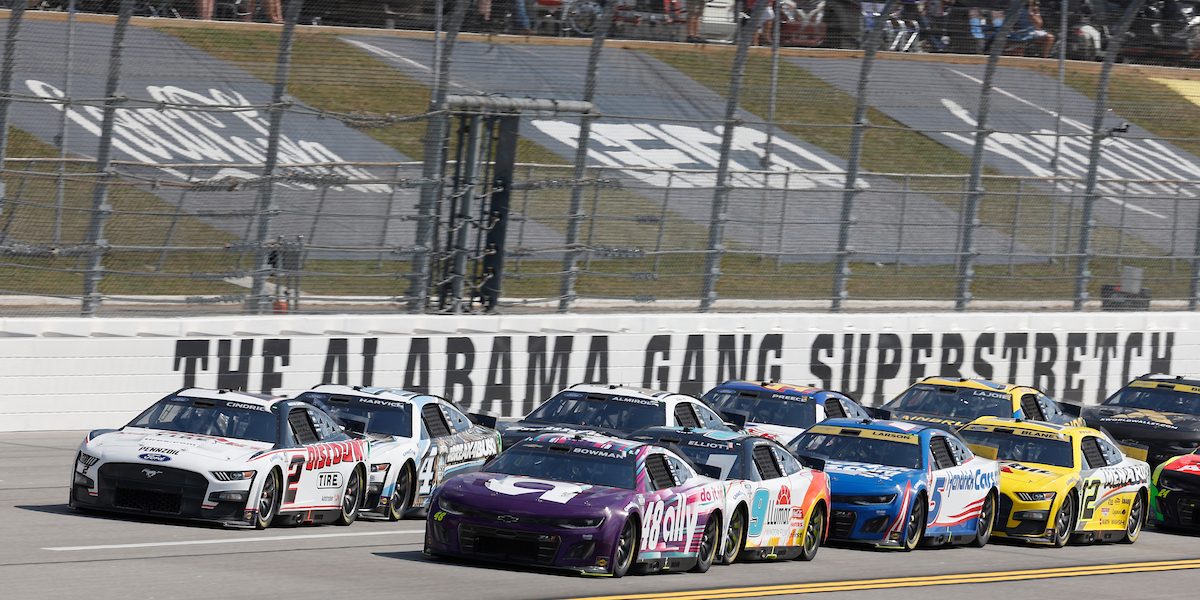
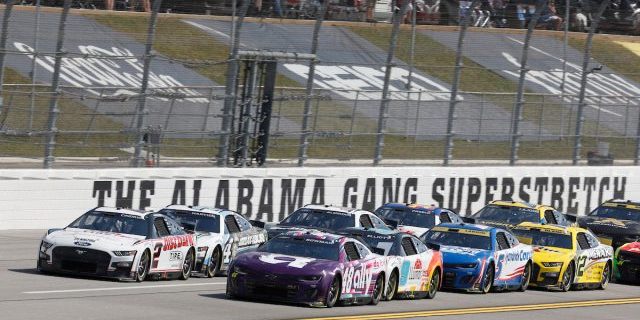
Where is NASCAR most popular? NASCAR is most popular in the United States, particularly in the southeastern region. The sport originated in the bootlegging era, where drivers modified their cars to outpace the law, leading to informal races and, eventually, the organized competition we know today. This tradition created a fan base that is both loyal and passionate, turning attending races and following favorite drivers into a cherished pastime for millions.
The fan base for NASCAR has spread beyond its Southern roots, gaining popularity nationwide and even internationally. While the sport’s epicenter remains in states like North Carolina, which hosts the NASCAR Hall of Fame and numerous race teams, its expansion has seen significant races held across the country, from the Daytona 500 in Florida to the Las Vegas Motor Speedway in Nevada. The fervor of NASCAR’s most dedicated fans is visible through their participation in events, viewership numbers, and social media engagement, illustrating the sport’s broad appeal.
Key Takeaways
- NASCAR holds deep cultural significance in the southeastern United States.
- The sport’s fan base spans across the country, marking its nationwide appeal.
- NASCAR fans showcase their loyalty through various forms of engagement.
Table of Contents
The Heartland of NASCAR
The epicenter of NASCAR’s fanbase and cultural impact rests solidly in the Southeastern United States, with a significant portion of media coverage and key NASCAR events concentrated in this region.
America’s Southeastern States
The Southeastern United States, particularly states like North Carolina, Virginia, and Northern Florida, are fundamental to NASCAR’s identity. Nielsen Scarborough’s study highlights that nearly half of the NASCAR fanbase resides in this region. These states are also home to some of the most hallowed grounds in motorsports, with race tracks that host major events in the NASCAR Cup Series and the NASCAR Xfinity Series.
Cultural Significance in the South
NASCAR is more than a sport in the South; it’s a part of the fabric of regional life. The passionate following in this area is tied to generations of families who have supported and participated in stock car racing. From local short tracks to the high-banked superspeedways, racing resonates deeply with Southern identity and pride.
Key Series and Races
The NASCAR Cup Series and NASCAR Xfinity Series, two of NASCAR’s premier racing circuits, enjoy a massive following in the Southeast. Iconic races, such as those held at Daytona International Speedway in Florida, Darlington Raceway in South Carolina, and Charlotte Motor Speedway in North Carolina, draw hundreds of thousands of fans annually, solidifying the region’s status as the heartland of the sport.
Media Coverage in the Region
Media coverage in the Southeast is extensive, with a dedicated blend of television, radio, print, and internet news-gathering organizations focused on NASCAR. Regional media outlets provide in-depth coverage, and national broadcasters often highlight the significance of the Southeastern fanbase. NASCAR.com consistently features content that caters to the ardent Southern audience, supporting both the regional and broader NASCAR community.
NASCAR’s Most Beloved Figures
NASCAR, deeply rooted in American culture, treasures a rich history of iconic drivers and personalities who’ve received widespread love and admiration from fans, encapsulated in various awards including the prestigious Most Popular Driver Award.
Iconic Drivers and Personalities
Dale Earnhardt and Richard Petty stand as monumental figures in NASCAR, both having etched their names in the sport’s lore not just through their driving prowess but through their magnetic personalities. Alongside them in recent times, Chase Elliott and his father Bill Elliott have cemented the Elliott family legacy, with Bill setting the standard with a record 16 Most Popular Driver Awards before his son followed suit.
- Dale Earnhardt: His charisma and aggressive driving style earned him the nickname ‘The Intimidator’.
- Richard Petty: Known as ‘The King’, his seven Cup Series Championships endeared him to millions.
- Chase Elliott: A modern icon, connecting with fans through his relatability and success on the track.
- Bill Elliott: Not only popular but also acclaimed, the elder Elliott resonated with fans during NASCAR’s surge in the 1980s and 1990s.
Legacy of Success and Popularity
The legends of NASCAR are often celebrated not just for their victories but also for their enduring popularity. Dale Earnhardt Jr. carried the torch from his father, winning the NMPA Most Popular Driver Award an impressive 15 consecutive times. His affable nature and racing success helped to sustain a strong fan base, a feat mirrored by Hailie Deegan and Ryan Blaney, who each have carved out their own highly regarded reputations within the sport.
- Dale Earnhardt Jr.: Continues the family legacy, dominating the Most Popular Driver Award through the early 21st century.
- Hailie Deegan: Represents a new era, earning multiple awards in the Craftsman Truck Series, showcasing her growing popularity.
- Ryan Blaney: His consistent performances and engaging personality mark him as one of the up-and-coming fan favorites.
National Motorsports Press Association Awards
The NMPA, instrumental in NASCAR reporting and awards, acknowledges driver achievements and character through accolades like the NMPA Most Popular Driver Award. Additionally, awards such as the Wood Brothers Award of Excellence, the Richard Petty Driver of the Year Award, the NMPA Pocono Spirit Award, and the Myers Brothers Award recognize contributions that transcend race victories, emphasizing sportsmanship, spirit, and contributions to the sport.
- NMPA Most Popular Driver Award: This fan-voted honor is a testament to a driver’s connection and impact with the NASCAR community.
- Wood Brothers Award of Excellence: Celebrates significant contributions to the art of auto racing.
- Richard Petty Driver of the Year Award: Acknowledges outstanding performance and leadership in the NASCAR Cup Series.
- NMPA Pocono Spirit Award: Recognizes those who embody the spirit of cooperation, perseverance, and service.
In summary, these NASCAR personalities, through their individual accolades and honors, reflect a larger sentiment within the NASCAR community, where fan appreciation translates into a legacy as impactful as any championship title.
NASCAR Fan Engagement
NASCAR’s fan engagement has evolved into a dynamic interaction between the races and their loyal audience. The involvement ranges from fan votes that influence awards to a robust presence across various digital platforms.
Fan Voting and Awards
Every year, fans are given the opportunity to directly impact the sport by participating in fan votes. One notable event is the selection of the Most Popular Driver, an award that reflects the fanbase’s admiration for a particular driver. For instance, Chase Elliott won the Most Popular Driver award for the sixth consecutive year in 2023. These awards are essential as they showcase the National Association for Stock Car Auto Racing (NASCAR) commitment to fan involvement in the sport. NASCAR, the fans, and the drivers all play a part in shaping the series standings and the overall reception of the sport.
Digital and Social Media Presence
NASCAR’s digital and social media footprint is substantial, as it extends over various platforms, engaging the fans with rich content. The official NASCAR Mobile app provides fans with real-time updates on race events, series standings, and exclusive content. NASCAR’s digital media presence is managed by NASCAR Digital Media, LLC, ensuring that all trademarks and property are represented consistently. They hold all rights reserved to the content, with a focus on keeping fans updated and engaged. NASCAR’s commitment to maintaining a strong and respectful relationship with its fans is evident through its active management of digital and social media content and the protection of its copyrights and respective owners.
Evolution and Expansion
The popularity of NASCAR has seen significant growth, moving beyond its Southern roots to captivate fans across various regions and even different countries. This expansion is evident in the increased international appeal and the formation of new series and events that have broadened NASCAR’s reach.
Growth Beyond Traditional Strongholds
Traditionally, NASCAR’s stronghold has been the southern United States, with a passionate fanbase and a rich history in states like North Carolina and Tennessee. However, in recent years, the sport has grown significantly beyond these regions. The NASCAR Cup Series, which features top drivers and teams like Hendrick Motorsports, has seen its popularity surge in areas outside its traditional Southern audience. The sport has staged successful events in major markets such as Las Vegas and has expanded the NASCAR Awards Banquet to cities like Nashville, further solidifying Tennessee’s importance in motorsports culture and giving credit to legends such as Darrell Waltrip.
International Appeal
NASCAR’s influence now transcends American borders, with drivers, teams, and series gaining recognition internationally. The Xfinity Series and Truck Series, including the rebranded Craftsman Truck Series, help in promoting NASCAR’s diverse offerings and support its international expansion strategy. Drivers such as Noah Gragson of JR Motorsports exemplify the newer generation helping to push the sport onto a global platform. NASCAR’s strategic international races and partnerships have bolstered its global footprint, making inroads in countries with a growing interest in American motorsports.
Where is NASCAR Most Popular? – Frequently Asked Questions
The popularity of NASCAR varies significantly across the United States, with certain cities hosting major events and specific states showcasing higher viewership. Drivers often come from regions known for their racing heritage, impacting the sport’s following. This section addresses common inquiries about the geographic popularity of NASCAR.
What cities host the most significant NASCAR events?
Cities like Daytona Beach, Florida, and Charlotte, North Carolina, are renowned for hosting some of NASCAR’s most high-profile races, such as the Daytona 500 and the Coca-Cola 600, attracting large numbers of fans.
In which states is NASCAR viewership the highest?
NASCAR viewership tends to be highest in southern states, with West Virginia having a particularly strong interest in the sport despite lacking a NASCAR track, followed closely by North Carolina, a historical hub for the sport.
What regions do most NASCAR drivers hail from?
Many NASCAR drivers originate from the Southern United States, which has a deeply ingrained racing culture. Areas such as North Carolina are especially notable for producing successful drivers.
How does the popularity of NASCAR compare to that of Formula 1?
While Formula 1 holds global appeal, NASCAR remains the most popular form of automobile racing in the United States, with a dedicated fan base and a distinct American heritage.
Why does NASCAR hold such a strong cultural presence in Southern states?
NASCAR’s cultural presence in the Southern states is attributed to its early history, with the sport originating from bootleggers’ modified cars in the Prohibition era, creating a unique and enduring connection with the region.
Has the fan base of NASCAR experienced any notable trends in recent years?
The fan base of NASCAR has become more diverse in recent years, with efforts to expand its reach beyond traditional demographics and locations, including promoting younger and more diverse drivers and engaging with digital platforms to attract new fans.

